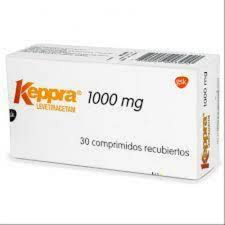
Spider remedies are often mentioned in homeopathic texts for the treatment of ADHD in children, however, I have not seen many cases needing them and, after all, every case is unique!
Spiders get a bad rep and homeopathically we tend to focus on the negative qualities: hyperactivity, aggressive behaviour, cunning…but nothing in nature is “good” or “bad” and we must consider every remedy holistically.
I recently took the case of a young boy who needed this remedy. He had the common symptoms of hyperactivity and attention deficit disorder, but the striking characterics were:
-very sociable, gregarious
-makes friends easily, everyone loves him
-loves practical jokes
-loves frogs and toads
-thrill seeker, jumping from high places
-hiding and crouching under tables
-busy, curious
-very fast mover
-loves music with a strong beat
Spider patients are always busy, love the outdoors and are fun to be around, always joshing about, they are great company. Children can be very very curious and inquisitive,but when scared or anxious, they tend to escape and you can find them hiding under a table or in a corner.
Speed is a typical characteristic: they move incredibly quickly and their mood can change equally quickly and without warning or apparent reason from fair to angry. Love of rhythm, especially music with a strong base is another giveaway that a spider remedy is required.
5G ADHD alternative medicine; asthma; autism autism; autoimmune black opal; boys candida; chemical exposure corona virus corona virus; depression detox diabesity diabesity; diabetes
diabetes; diet eczema; flu; gemstone remedies; gemstones; glasgow glyphosate gut-brain connection hashimoto; holistic homeopathy homeopathy;
hypothyroidism; IBS immune system leaky gut lockdown multiple chemical sensitivities nutrition potty training puberty skin issues; sleep supplements thyroid; tinnitus



No spam, notifications only about helpful homeopathy tips, homeopathy courses and new products!
The health benefits of Vagus Nerve Stimulation Vagus nerve stimulation (VNS) can offer several benefits, particularly for conditions like epilepsy, depression, and stroke recovery. It

HOMOTOXICOLOGY IS THE EVOLUTION OF HOMEOPATHY Homotoxicology is the study of what toxins do to the human body. This discipline was invented by Dr. Reckeweg

WHAT IS HOMOTOXICOLOGY AND HOW DOES IT WORK? Homotoxicology is the branch of medicine that seeks to identify the toxins in the body, then aid

IS HOMEOPATHY EQUALLY EFFECTIVE WHILE ON MEDICATION? A CASE OF EPILEPSY This is a bone of contention among homeopaths: I know some homeopaths who will